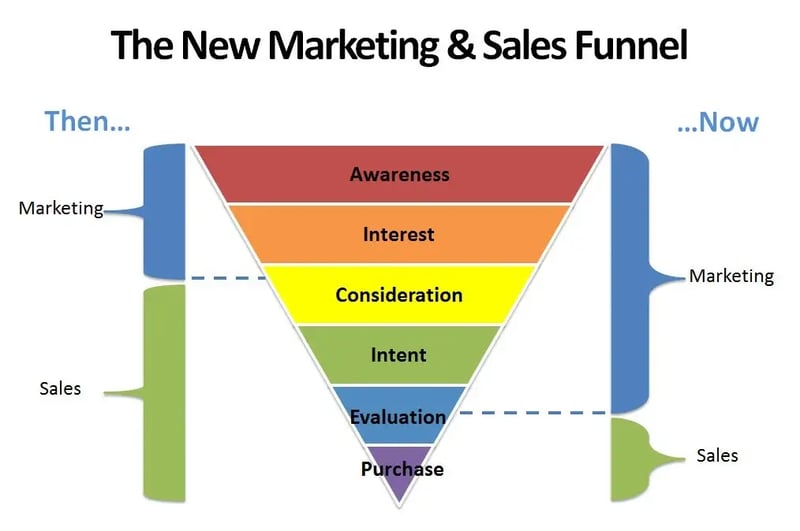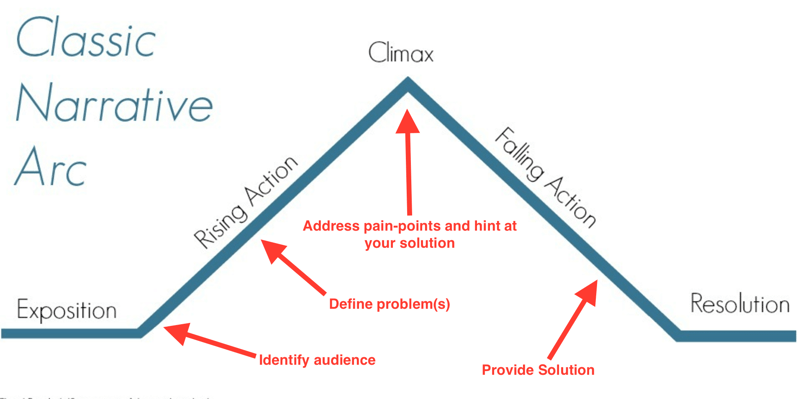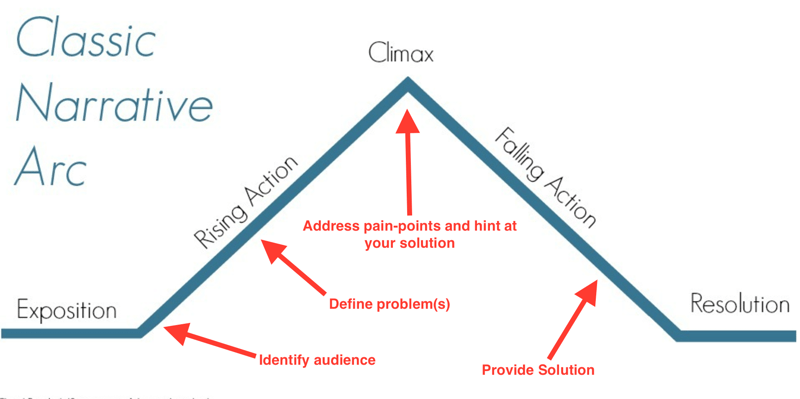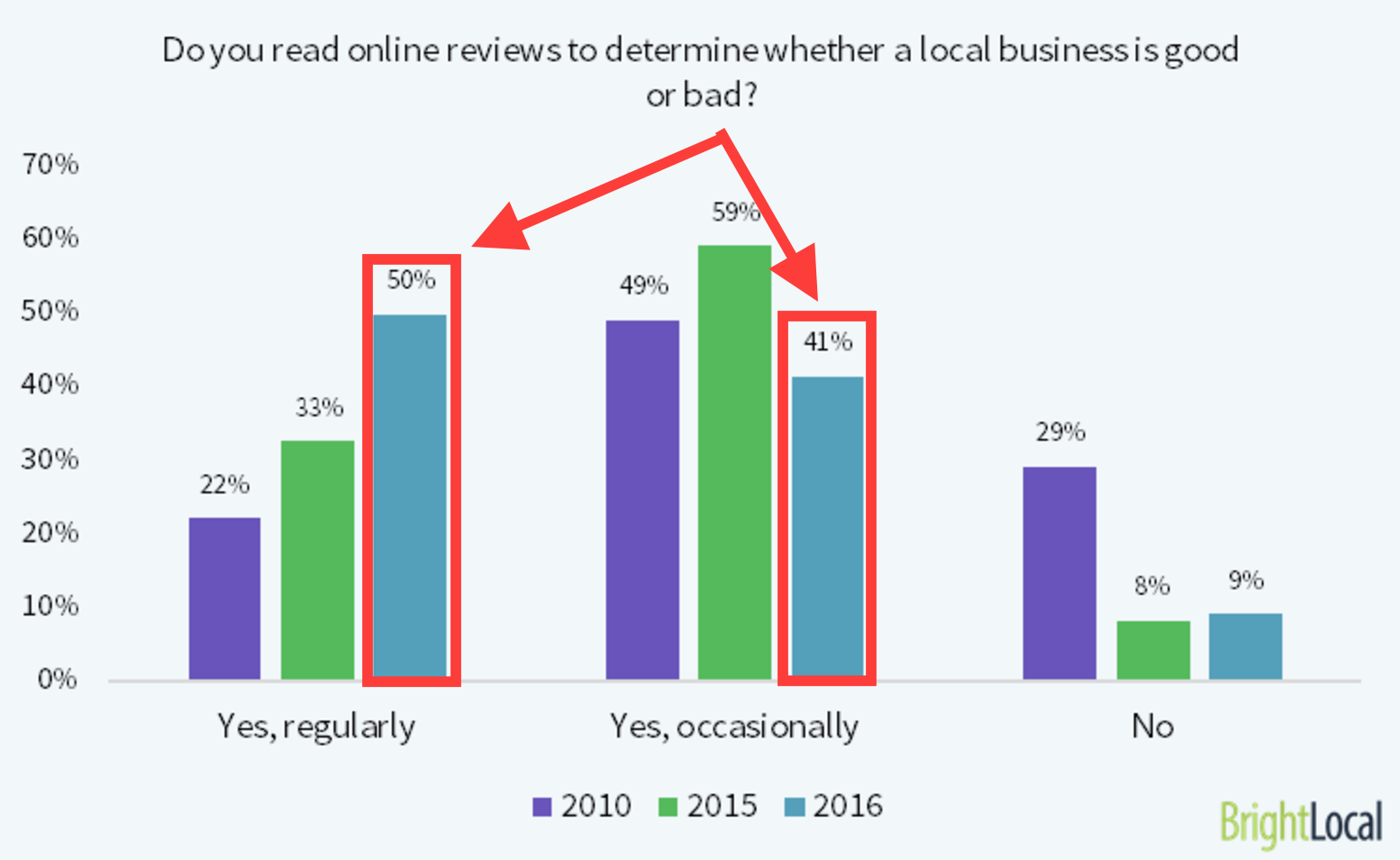- Solutions
-
Products
-
Resources
Sales Automation Tools | Cirrus Insight by Kristi Campbell View all Blog Posts >Get the App, Get the Sidebar, & Get Your Trial Going HereUnleash limitless growth opportunities by partnering with Cirrus Insight.
- Pricing
Filter By:
- All topics
- Sales Intelligence
- Salesforce
- Sales Productivity
- Sales Strategy
- Sales Prospecting
- Book More Meetings
- Sales Activity Data
- Company News
- Sales Leadership
- Sales Metrics
- Team Scheduling
- Prospect Smarter
- AI
- Serious Insights
- Comparison
- Conversation Intelligence
- Sync To Your CRM
- Email Blast
- Email Campaigns
How to Help Close More Deals with 3 Sales Documents
Look, as a product marketer, I'm sure you want to create the best possible sales documents to help your reps close more deals.
But, that doesn't mean it's easy figuring out which documents actually make an impact.
And that's exactly why I've put together this post:
To share three sales documents you can put together now to help salespeople convert more new customers.
Intrigued? Then let's not waste any time.
Bonus: Want to know more? Here's a list of the best sales enablement content types you could create. Get it now >>
#1. The Perfect Sales Deck
Fact: potential customers now wait until significantly later in the buyer's journey to actually engage with your sales reps.
According to SiriusDecisions, B2B buyers are over two-thirds of the way through the sales funnel before they reach out to someone from your company.
And that's directly related to the content you create and share:
47 percent of B2B buyers review three to five pieces of content before contacting a vendor.
(All the more reason your top-of-the-funnel content needs to really engage and inform your audience.)
Here's a good visualization from Steve Patrizi that shows how the funnel looks today in comparison to the past:
 So that's all the more reason reps need the best possible sales documents to help them bring deals over the line.
So that's all the more reason reps need the best possible sales documents to help them bring deals over the line.
And of course, that really starts with the perfect sales deck.
You can read my post to dive deep into what makes a sales presentation really pop, but here are a couple essentials you need to know:
- Create a narrative that sells your solution.
If you remember learning about the "narrative arc" in your high school English class, than this will look familiar to you:

The narrative arc is the path a story usually takes in literature and film, and it's a concept that works well for your sales decks, too.
That's because the goal of your deck should be to tell a compelling story.
And in order to do that, you need three things: characters (your potential customer), a problem (the issue facing their business), and a resolution (your product or service).
So, when you think about the narrative arc for your sales deck, it should go like this:

You start by identifying the audience and defining their problems. Then, move into hitting the pain-points caused by their problems, before wrapping up by positioning your product as their saving grace.
- Let visual aids tell your story.
But don't make the mistake of creating text-heavy slides to tell your story:
People need visual aids to feel the impact of your story.
(After all, there's a reason the film industry is so much bigger than publishing.)
65 percent of people are visual learners, which means they will respond better to a visually rich deck…
...versus a wall of text that has your potential customer looking like this:

All in all, a good sales deck helps your sales partners walk leads across the line to becoming customers by sharing a compelling story that resonates with your audience.
But that's not the only sales asset needed to close the deal...
#2. Case Studies from Your Best Customers
There's no denying that on the B2C side of sales, customer reviews can make or break your business.
In fact, 91 percent of consumers leveraged online reviews in 2016 to evaluate a business.

Naturally, that same behavior extends to the B2B side, too.
But instead of reading reviews on Yelp or Foursquare, prospects need access to case studies from your current customers to see that your solution actually works.
That's why you need to create case studies for your best customers.
As Lewis Crutch writes on Jeff Bullas' blog:
"The reason why case studies are so respected and sought after in any content marketing strategy is that they are an easy way to link between yourself (and brand) and your audience...A properly written case study lays out the issues and lays out principles that are applied to the issues and facts. Formatted this way, case studies are not only easy to read and follow, but it's also very easy to extract value from them. This is why they are so powerful, popular and effective."
Luckily, my recent post shows you the ins and outs of how to write a great case study.
In case you missed it, here are a couple key points to remember:
- Use a customer that operates in your target segment and has a specific, relatable problem you know your platform or service helped solve.
- Like sales decks, case studies should tell a story. In this case, it should be the story of how your customer developed a problem and was able to resolve it using your product.
- Find third-party data and research to back-up the problem.
For a great example of a quality case study, check out this one from CB Insights, a market intelligence platform.
They do a great job of sharing moving those leads at the "Consideration" stage of the customer journey further down the pipeline and preparing them for the next key sales document.
#3. Best-in-Class Sales Proposals
I'm sure you've spent hours before putting together sales proposals that win new customers.
But as you'll likely agree, it's fairly complicated and often confusing knowing what to include (and what to leave out).
On the one hand, you want to include enough data and information to show a lead why they should hire you as a vendor.
But on the other, you don't want to overload them with too much information and scare them away.
As Kelley Robertson writes on the Future Simple blog, that's a huge risk (emphasis is my own):
"Decision makers are far too busy to read a long proposal. Some proposals require a lot of information and detail, especially if your solution is complex. However, the longer your proposal, the more likely it is that your prospect will skim through it and flip ahead to the investment. It is much more effective to write a short, concise proposal and provide back-up information if needed."
That's why putting together asimple sales proposal formulafor your reps makes so much sense:
It includes everything you need to close the deals while also eliminating the risk of salespeople overloading a proposal with too much information.
And if you want to learn what you should leave out of your sales proposals, check out this post I made recently, too.
And Don't Forget…
You can spend time crafting the perfect sales documents, but without a content library for reps to easily access them, chances are the content will go unused.
But now that you know the core documents you need to create that will help sales close more deals, there's no doubt you'll soon have the entire sales team's attention.

.png?width=1268&height=1772&name=Sidebar-C%20(1).png)
